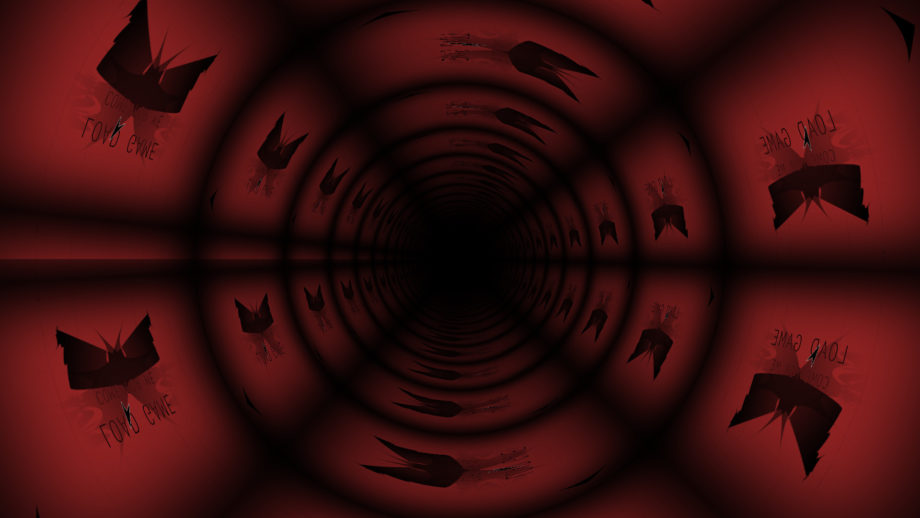“To effectively manipulate people, it is necessary to make everyone believe that nobody manipulates them “,
John Kenneth Galbraith
Everyone who has played Batman Arkham Asylum will no doubt remember what happened in the middle of the game, with that false glitch that Rocksteady introduced to twist the narrative line a little bit and play with us breaking the 4th wall in a way as shocking as pride. We could say that the guys from
Blooming Buds , an indie studio from Madrid that starts their journey, have taken that concept to their debut with Calendula, a game that makes manipulation a mechanic. And what Michael Douglas in the unsettling The Game David Fincher takes
us on a journey through “the game that does not want to be played,” until one realizes that he is just playing while trying to access the game itself.
It is very difficult to talk about this game without spoiling anything, since basically the surprise begins as soon as you open it and after the Unity logo, the graphic engine that you have used in your development. Therefore we are going to tell you only the mechanics, and we will not go into more details of what happens, because knowing the basis of Calendula before starting is to
deprive some of one of the objectives that the study seeks: Our face of “What the fuck? “until we realize what the thing is really about. We may be mysterious, but that initial feeling of not knowing what you’re up against, and then realizing what it really is –
there will be someone who will smile, there will be who gets angry and there will be whoever accepts it as it is – is so curious that we want You live it for you and it should not be known in advance.
Sticking to its mechanics, Calendula is basically a succession of constant puzzles in a visual environment that repeats, codes that we must find out using ingenuity while its authors leave us basic clues that we must interpret, while trolling us with false glitch, with corrupt items that do not load, etc.
The stage is the basic, and which day of the marmot in Trapped in Time, we revive it again and again, always with the dimension that its few screens provide, but always changing the type of test. We will never do the same thing twice to find out the key or the action we must take to continue, so the challenge is constant.
Given its closeness to a minimalist graphic adventure, the duration depends on the ingenuity and ability of the user. If we are curious, if during the puzles we explore the environment, then most of the tests will be solved in a matter of minutes and even seconds when we become familiar with the environment. But it is also true that the classic ‘trial and error’ can occur, especially in a couple of puzzles that already force you to stop and try to find the logic that moves them.
Our first game lasted between 60-70 minutes, and although there will be those who get stuck, the truth is that the experience is and becomes very brief with a little skill. In between we attend a few dream sequences in which the control is guided and limited, we can only move forward and look, and remember 3D adventures in the first person of the late 90s


